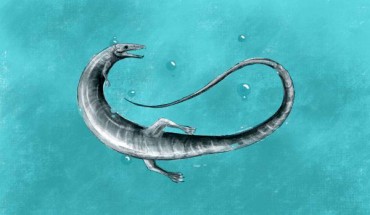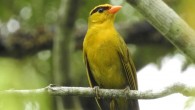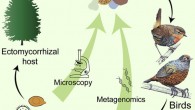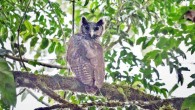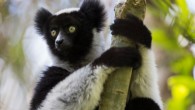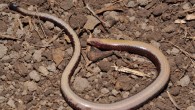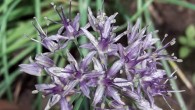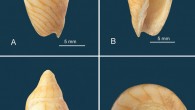‘Slow and steady wins the race,’ according to a new study of lepidosaurs (lizards, snakes, amphisbaenians, and tuatara) published in the journal Palaeontology. Pleurosaurus, a remarkable, long-bodied swimming rhynchocephalian that lived during the Late Jurassic epoch, some 150 million years ago, in what is now Germany. Image credit: Roberto Ochoa. The Lepidosauria is a subclass or superorder of reptiles, containing the orders Squamata (snakes,...

